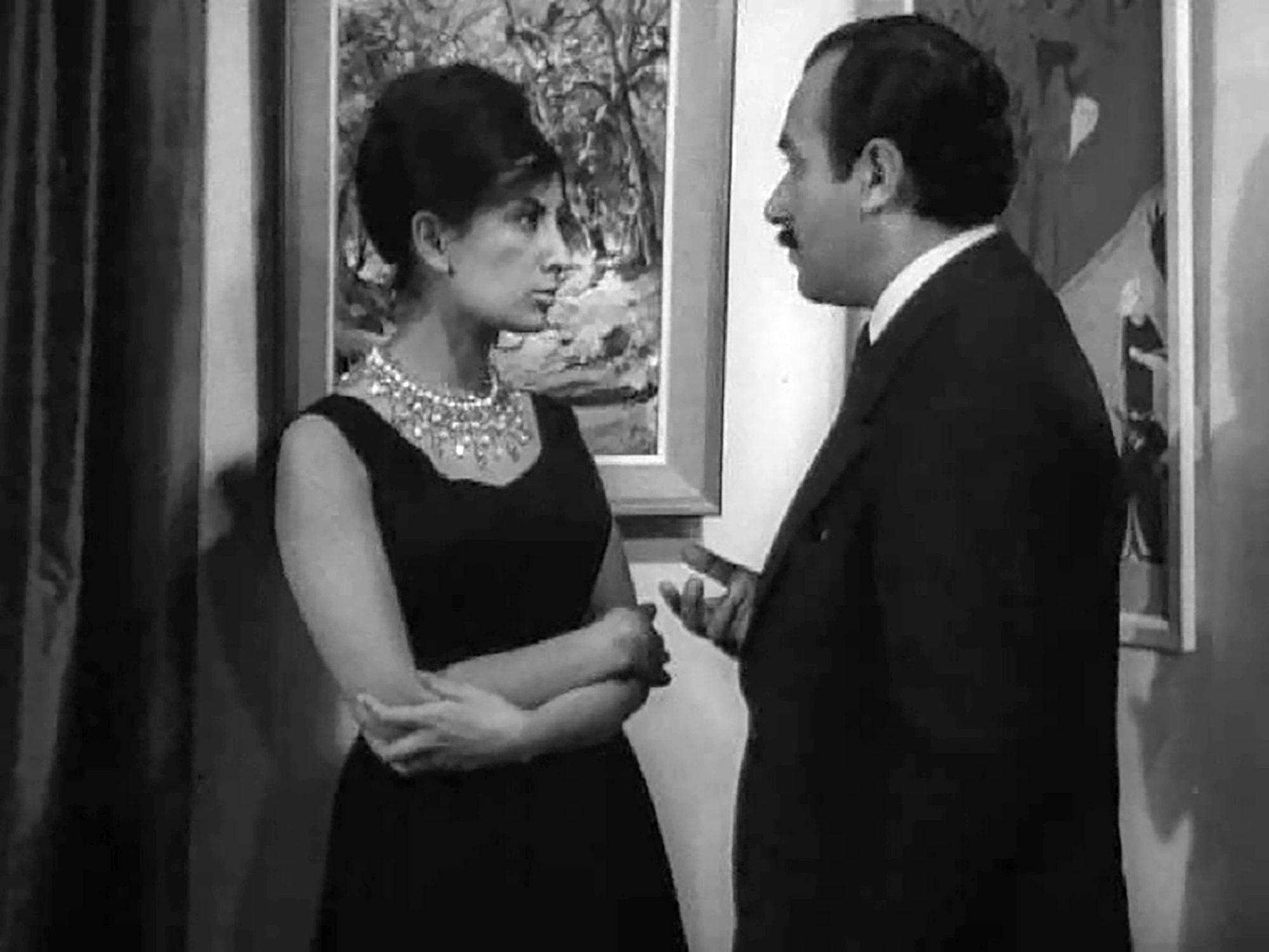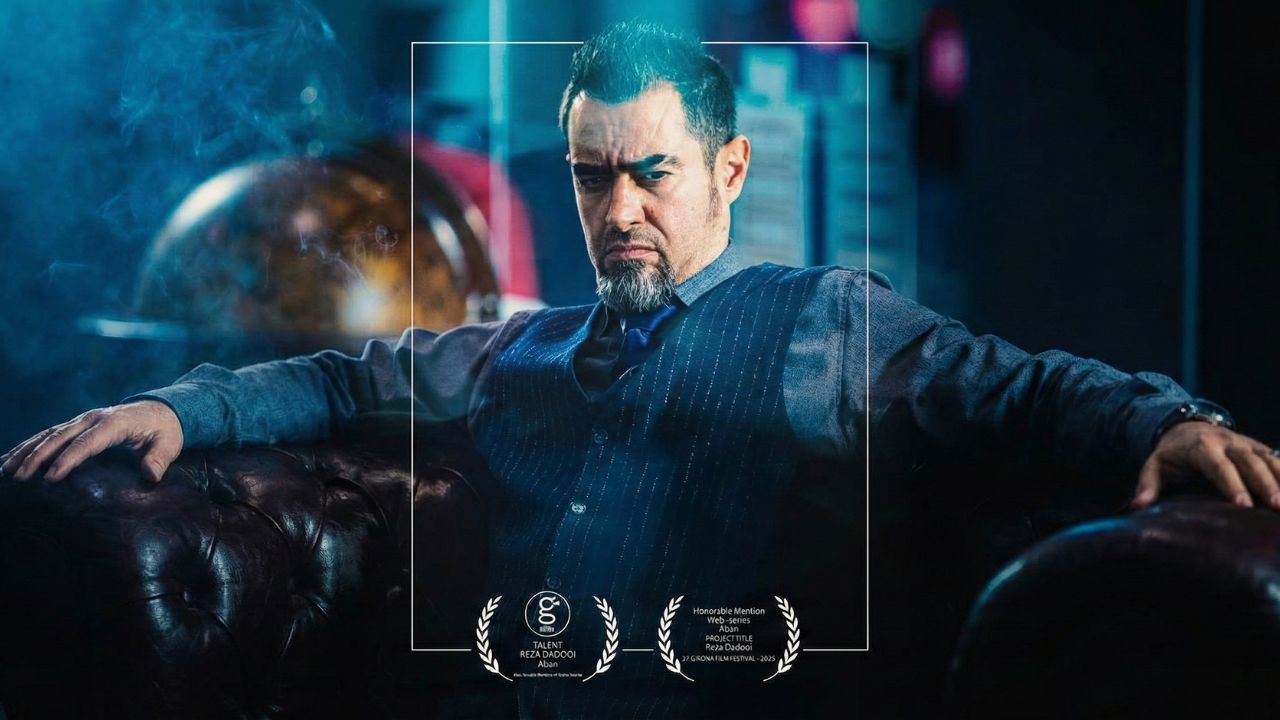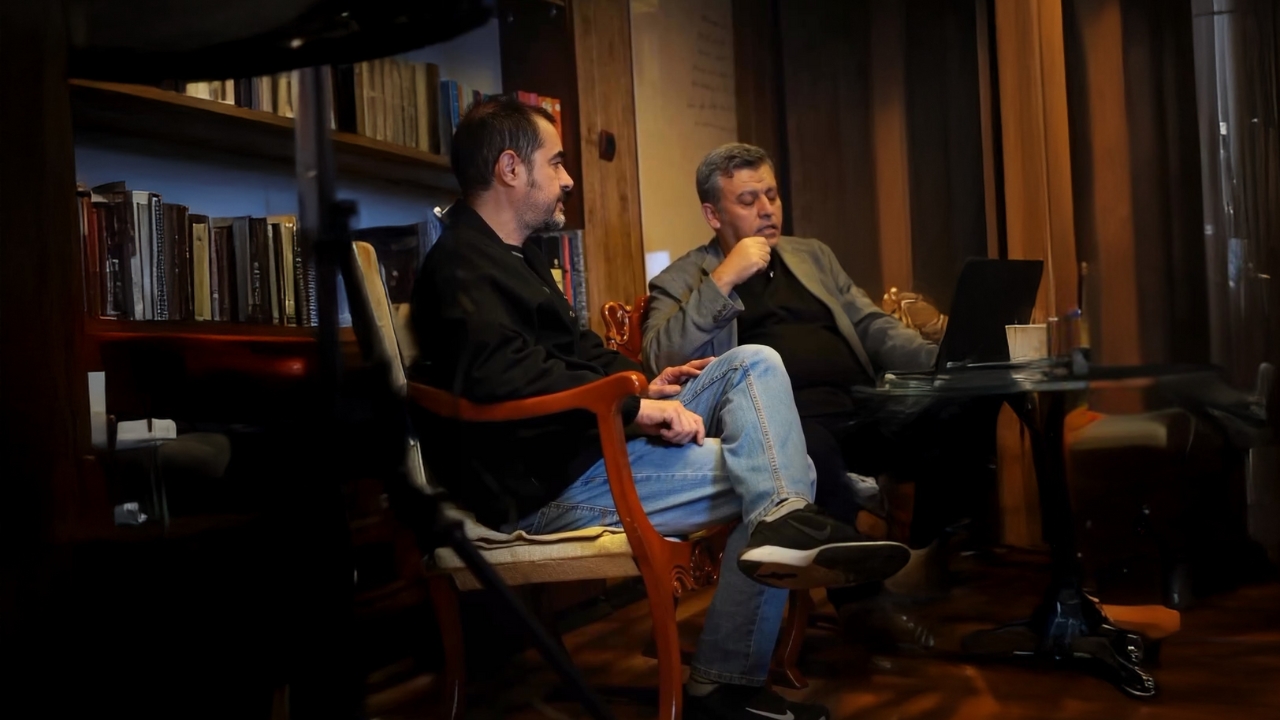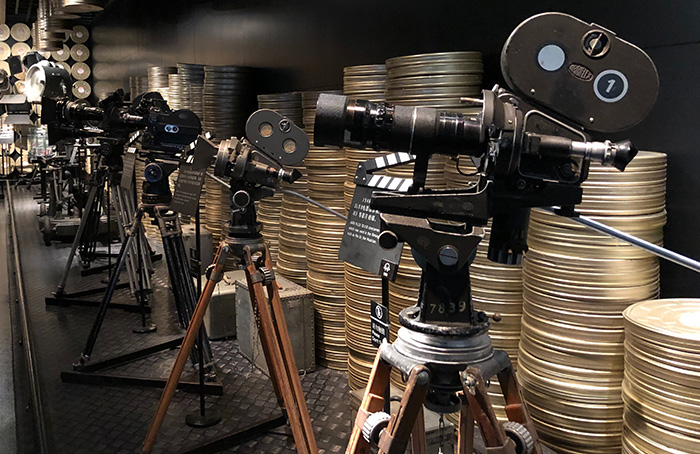
The first film adaptation of classical literature in Iran is ‘The Night of the Hunchback‘, a feature film directed by Farrokh Ghaffari in 1964. This film, the third feature by Ghaffari, is based on one of the stories from One Thousand and One Nights (often known as Arabian Nights in English), a collection of Middle Eastern folktales from the Islamic Golden Age. It is said that the film is one of the best adaptations of this ancient work, and the director used elements from the text to critique contemporary society. Despite being based on an old text, the film has a striking relevance to the society at the time it was made.
‘The Night of the Hunchback’ premiered in Tehran in the winter of 1964, and although it did not receive much public attention during its release, it was praised at the Cannes, Karlovy Vary, and Brussels film festivals.
Farrokh Ghaffari made this film in the same year that Ibrahim Golestan made Brick and Mirror, to elevate the standard of filmmaking in Iran and to offer a serious storytelling alternative to the melodramatic, shallow Film Farsi genre.
Ghaffari faced many difficulties in making The Night of the Hunchback. He created the film with limited resources, borrowing a small amount of money from his mother.
The plot of The Night of the Hunchback centers on a character named Ghoozi, a member of a comedy troupe who dies from choking on food after one of his performances. Frightened, the group members take the body to a house, causing further trouble. The body passes from one person to another, each of whom somehow falls guilty in the story and tries to rid themselves of the corpse in their own way, until the police finally discover the body and arrest the culprits.



